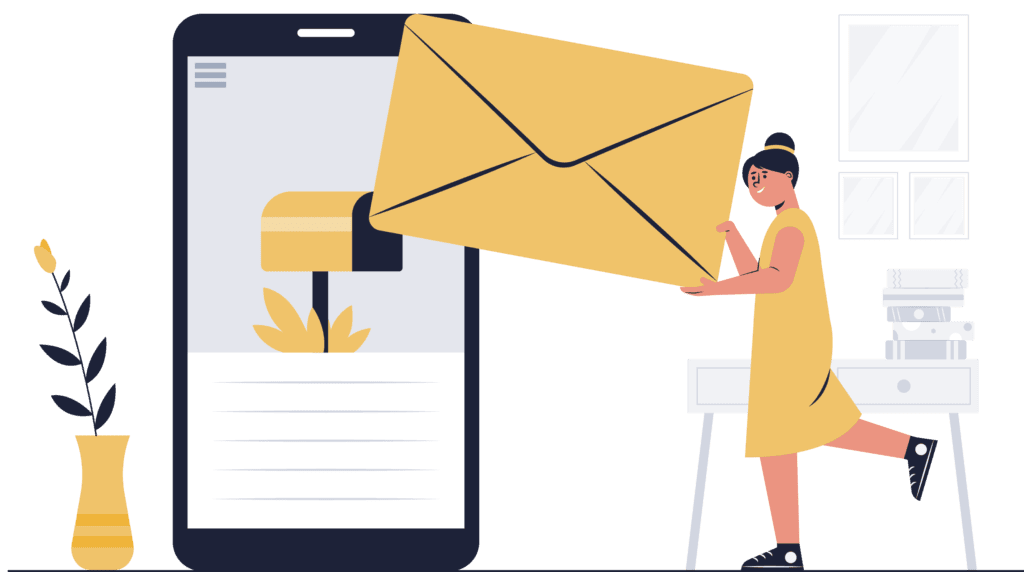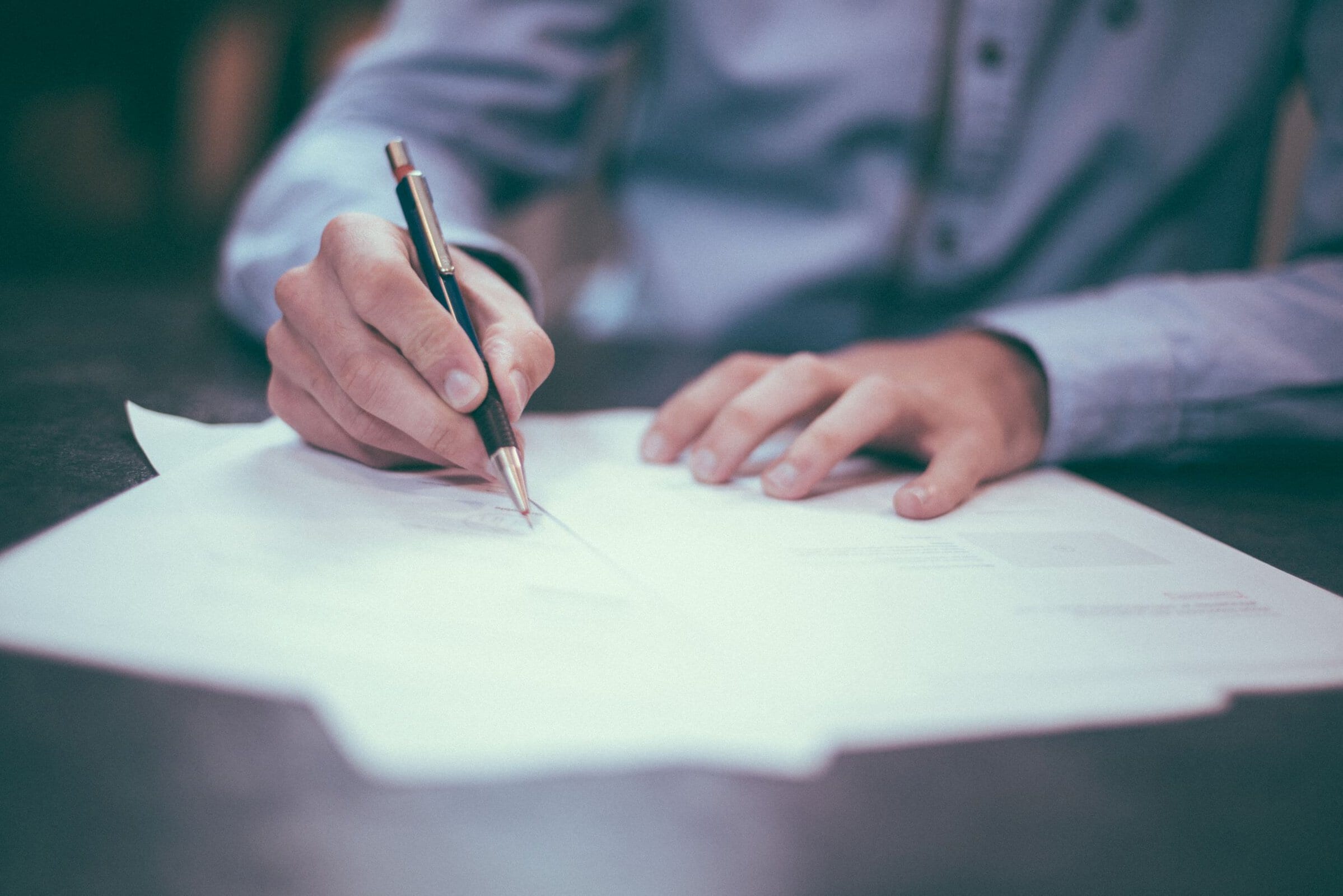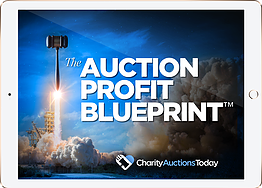DOWNLOAD The Auction Profit Blueprint
The 4 tools BIG organizations use every time to skyrocket auction profits!
The Step-By-Step Guide to stop leaving thousands on the table.
Learn how to write a sponsorship letter. CharityAuctionsToday has tips, an example, and downloadable template you can use to get your events sponsored.

Securing sponsorship can be a challenging task. It often requires a well-crafted sponsorship letter.
But what is a sponsorship letter? It’s a formal request for support, typically financial, for an event, project, or cause.
The key to a successful sponsorship letter lies in its structure and content. It should resonate with the potential sponsor’s values and interests.
This guide will provide you with a step-by-step process on how to write an effective sponsorship letter. It will cover everything from the introduction to the conclusion, with tips to make your letter stand out.
We will also provide a sponsorship letter sample for reference. And, a downloadable sponsorship letter template to get you started.
So, whether you’re an individual, a non-profit organization, an event planner, or a small business owner, this guide is for you. Let’s dive in.
A sponsorship letter serves as a formal proposal. It communicates your request and details the benefits a sponsor will receive.
Crafting such letters requires a deep understanding of your prospective sponsor’s goals. This ensures your proposal aligns with their business objectives or corporate social responsibilities.
A well-written sponsorship letter can open doors to many opportunities. It’s important to tailor each letter to the individual sponsor, which can increase the chances of success.
By demonstrating mutual benefits, a sponsor can feel confident in investing in your project. A thoughtful approach can make all the difference.
Personalization is crucial in sponsorship letters. A generic request may be ignored. Craft your letter to resonate with the sponsor’s specific goals and values. This requires research and understanding of their business philosophy.
By tailoring your message, you show genuine interest. It sets you apart from others who may not take this extra step. Personalized letters can enhance your chances of forming a meaningful connection with your potential sponsor. Making it personal demonstrates your commitment and increases your credibility.

by Scott Graham, Unsplash
A sponsorship letter must be well-structured to be effective. It comprises several key components that together make a compelling case. Here’s what you should include:
The introduction sets the tone. Establish a connection by mentioning mutual interests or past collaborations. This step builds rapport right from the start.
Next, describe your organization. Concisely communicate your mission and how it aligns with the sponsor’s values. This section should build credibility and trust.
In the body, explain the event or project clearly. Detail how sponsorship will make a difference. Highlight mutual benefits to incentivize the sponsor. Be specific about what the sponsor gains.
Finally, the conclusion should include a clear call-to-action. Invite the sponsor to engage and set a follow-up plan. Finish with gratitude and a professional sign-off.
Your introduction is crucial. It sets the stage for your request. Start with a strong opening statement that captures attention and connects to the sponsor’s interests.
Introduce your organization briefly. Highlight your mission to establish relevance. Ensure your tone is engaging yet professional to keep the reader interested.
In the body of your letter, detail your event or project. Explain its purpose, goals, and the positive impact it aims to achieve. This helps the sponsor visualize their contribution’s potential effect.
Next, outline the sponsorship levels and benefits. Be clear about what the sponsor will gain, whether it is publicity, goodwill, or something else. Demonstrate how their support will benefit both parties.
Tailor these benefits to align with the sponsor’s objectives. Specificity and relevance here are key to maintaining their interest. Offer exclusive opportunities when possible to entice the sponsor further.
Wrap up your letter with a strong conclusion. Summarize your key points succinctly. Reinforce why the sponsorship makes sense for them.
Include a clear call-to-action. Encourage the sponsor to contact you or discuss further steps. End with expressions of gratitude and a sign-off that reflects your appreciation.
Crafting the perfect sponsorship letter can seem daunting. An effective letter balances professionalism with personal touches. Here’s a concise sample to guide you.
[Your Organization’s Logo/Letterhead]
[Date]
[Potential Sponsor’s Name]
[Company Name]
[Company Address]
Dear [Potential Sponsor’s Name],
We are [Your Organization’s Name], a passionate entity committed to [briefly state your mission or cause]. We are reaching out to invite your partnership in our upcoming event, [Event Name], scheduled for [Event Date].
This event aims to [describe the purpose and goals of the event]. Your support could play a transformative role. Our collaboration would offer your brand [briefly list potential benefits, like visibility, community goodwill, or engagement].
We hope to discuss this opportunity further. Please feel free to reach us at [contact information]. Thank you for considering this impactful partnership.
Sincerely,
[Your Name]
[Your Title]
[Your Organization’s Name]
[Contact Information]
Use this template as a guide to craft your message. Tailor each letter to fit your potential sponsor’s unique interests and your specific needs. If you have a robust offering of sponsorship levels, consider creating a sponsorship package document to supplement your letter. A personalized touch can make all the difference.
After securing a sponsor, it’s crucial to formalize the partnership. A sponsorship agreement template outlines the terms and expectations clearly. This document protects both parties by detailing obligations and benefits, ensuring all aspects are mutually understood and agreed upon.
Legal considerations include sponsor benefits, term duration, and payment terms. It’s essential to include cancellation policies and indemnification clauses to manage potential disputes. Consulting a legal professional to review the agreement can offer peace of mind, ensuring compliance with relevant laws. A well-crafted agreement sets a firm foundation for a successful partnership, fostering trust and transparency.
Creating an impactful sponsorship letter can be a game-changer. Small adjustments can yield significant results. Crafting a letter that stands out involves creativity and a keen understanding of your sponsor’s needs.
Here are some tips to enhance your sponsorship letter:
Don’t underestimate the power of visuals. Include charts or infographics if applicable. They’re an excellent way to break down complex data. Always make your letter visually appealing and easy to digest. Finally, ensure the tone is both professional and approachable. Your letter should convey passion, dedication, and appreciation for the sponsor’s potential support.
Following up on your sponsorship request is as vital as the letter itself. The follow-up shows your genuine interest and determination in obtaining the sponsorship. It helps reinforce your request and keeps the sponsor engaged.
Timing is crucial in follow-ups. Wait a week or two after sending the letter. This gives the sponsor time to consider your proposal. When you follow up, be concise and respectful. Express gratitude for their time and emphasize how much you value their potential partnership. An effective follow-up can bridge the gap between a request and securing a commitment.
DOWNLOAD The Auction Profit Blueprint
The 4 tools BIG organizations use every time to skyrocket auction profits!
The Step-By-Step Guide to stop leaving thousands on the table.

